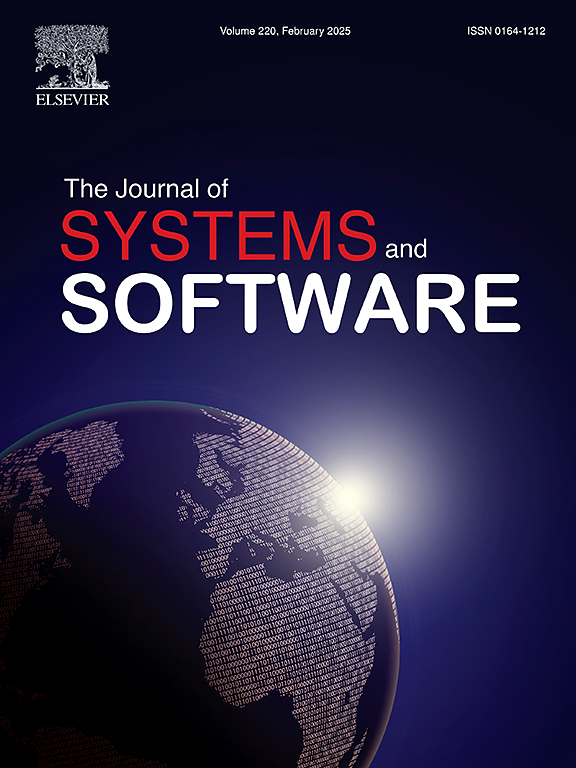The AmbiTRUS framework for identifying potential ambiguity in user stories
IF 3.7
2区 计算机科学
Q1 COMPUTER SCIENCE, SOFTWARE ENGINEERING
引用次数: 0
Abstract
Ambiguity in natural language-based requirements is a well-known issue, often addressed as a singular problem despite its complexity. Studies reveal that ambiguity in user stories can manifest differently depending on the linguistic levels.
This study introduces the ambiguity analysis framework (AmbiTRUS) to address these diverse manifestations by composing quality criteria for 13 types of ambiguity problems, classified across four linguistic levels and linked to four types of requirements quality problems. The proposed quality criteria were selected and adapted from three established user story quality frameworks: the QUS framework, the Agile Requirements Verification framework, and the INVEST framework.
To assess the potential effectiveness of AmbiTRUS, a controlled laboratory experiment with advanced MSc students representing novice practitioners of the intended users of the framework. While the experiment did not demonstrate clear effectiveness, users found the framework useful despite its complexity.
Insights from the experiment allowed redefining the framework's quality criteria. The main lesson learned from the experiment is the need for tool support in applying AmbiTRUS, particularly using NLP techniques to verify the quality criteria. The development of such an NLP-based tool and the evaluation of AmbiTRUS through a usability study of the tool are the next steps in our research.
求助全文
约1分钟内获得全文
求助全文
来源期刊

Journal of Systems and Software
工程技术-计算机:理论方法
CiteScore
8.60
自引率
5.70%
发文量
193
审稿时长
16 weeks
期刊介绍:
The Journal of Systems and Software publishes papers covering all aspects of software engineering and related hardware-software-systems issues. All articles should include a validation of the idea presented, e.g. through case studies, experiments, or systematic comparisons with other approaches already in practice. Topics of interest include, but are not limited to:
•Methods and tools for, and empirical studies on, software requirements, design, architecture, verification and validation, maintenance and evolution
•Agile, model-driven, service-oriented, open source and global software development
•Approaches for mobile, multiprocessing, real-time, distributed, cloud-based, dependable and virtualized systems
•Human factors and management concerns of software development
•Data management and big data issues of software systems
•Metrics and evaluation, data mining of software development resources
•Business and economic aspects of software development processes
The journal welcomes state-of-the-art surveys and reports of practical experience for all of these topics.
 求助内容:
求助内容: 应助结果提醒方式:
应助结果提醒方式:


